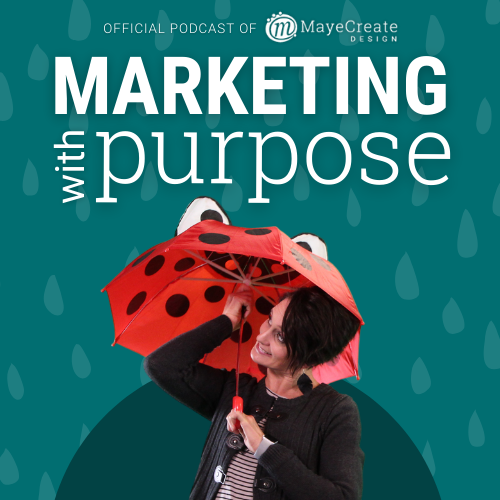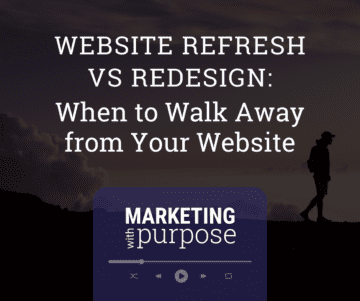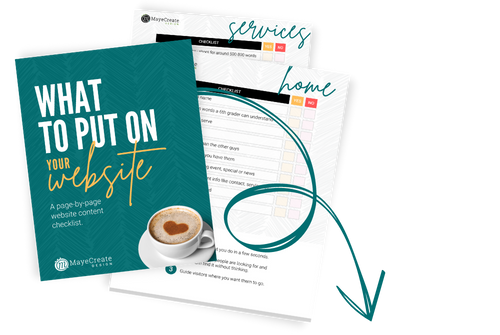What makes a good paving website?
March 17, 2019
CONSUME CREATIVELY
This content is available in:
This content is available in:
TEXT
What makes or breaks any website can apply to your paving website: original content, a good design that reflects your brand, and professional looking images. It should also be fast-loading, display well on mobile, and utilize modern coding standards. But what specifically does a paving website need to knock it out of the park? The answer is actually pretty simple: a built-out services section, a robust projects section, and a targeted careers section.
Let me explain what I mean by each of those items.
A Built-Out Services Section
To properly build out a services section, you need a page for each of the services your company provides. Having a page for each of your services will give you a better chance of ranking for each of the keywords people use to search for those services in Google.
On each one of your services pages, you’ll need more than just a bulleted list. Add around 500 words of original content describing the service (it’s just good SEO practice), and definitely include why you do it better than your competition. Highlight your contact information and the different types of businesses you work for most often. Last but not least, provide links to projects you’ve completed using this service, and link those projects to pages in your robust projects section.
A Robust Projects Section
By robust, I mean functional for you and your team to easily add and update projects, easily upload photos, and easily format the information about each project. Did I mention it should be easy for you? I’ll say it again, it shouldn’t be like learning another language to update your projects — if it’s difficult or time consuming, you won’t do it.
By robust I mean easy to use for your site visitors. Share your projects on your site, not just in an attractive way, but also in a way that allows visitors to sort through the projects and find the ones that are most relevant to them. Let visitors sort projects by type, location, or industry if applicable. And let them click on individual projects to learn more.
And last, by robust I mean each project will effectively have its own page that tells the story of the problems you solved and the excellent work you provided. It will share the information your prospects most want to know to evaluate if your company can do the work they need from you. These pages can show prospects on a project-by-project basis why they should work with you without a ton of unbelievable marketing jargon. While there are different types of online construction portfolios, feel free to just start with a page of photos and very (very) brief project overview — give them only what they need to evaluate whether or not they’d like to learn more about the project without overwhelming them with words — I’m talking project name, location and type. Include images of each project from start to finish if you can. And if you’re feeling really ambitious, gather a testimonial from the client for which you performed the project.
Oh, and add projects to your site regularly. Why? Keep readin’…
Why have a projects section at all? Won’t slideshow of images do?
Why not just show a gallery of images or a bulleted list of completed projects? Why do you have to make a page for each new project? Well first off, because sometimes, friend, life just ain’t as simple as we’d like it to be, no matter how much we wish things were different. Am I right? And secondly, because regularly adding projects to your site offers the same opportunity as building out a page for each of your services — each page you create on your website is like another door offering visitors entry. (Same goes for blogging, too!)
[cta_right id=”25″]
As you regularly add content to your site, Google uses that content to better understand what you do. And as people are searching for what you do, Google will be more likely to share your website than others. It will also be able to more specifically match your new content to more search terms, which means more website visitors for you that may potentially contact you to buy your services.
Also, potential hires will visit your projects section to learn about they types of projects you take on to consider if they’d like to become a member of your team, which takes us into the next must-have for any commercial construction website…
A Targeted Career Section
One of the biggest challenges faced by my clients in the paving industry is actually not the inability to find amazing things to build — they build amazing things everyday. Most of my clients have a hard time finding the right people to help them build the awesome things they build.
Most paving websites are built to sell services, not woo potential hires. They need to be able to easily see themselves working for you, so consider ways you can use your website to show potential hires how great it is to work for your company.
You can achieve this in many ways: you can use photos of your employees and post about how you support your community, train your staff, and focus on safety. But the easiest way to get the point across in a very straightforward way is adding a targeted career section to your website.
Your company may be hiring everyone from operators to management. Question: do operators and management have the same qualifications? Do they have the same concerns? Nope, they don’t. Each will evaluate your company through their own lens. A targeted career section speaking to the individual concerns of each type of position for which you’re hiring helps set your company apart from others. By addressing their concerns directly, you can potentially attract more qualified applicants who may already have a job but are dissatisfied with their employer.
Take it a step further and share a typical job path each type of applicant might progress through to show them there’s room for advancement in your company. Let them know how long it might take to advance or how much experience a person usually has at each benchmark. Provide testimonials from current employees. Showcase your benefits, training techniques and safety programs, tailoring each to the job type. Lastly, face objections head on. This lets people know you anticipate their concerns and know how to make the best working environment for your employees.
Looking Ahead
What will you do with this information? Does your website have one or all three of these paving website essentials? As the slow season draws to a close, consider setting some goals and drawing up a plan to update your website with a built-out services section, a robust projects section, and a targeted careers section as time and money allows in your marketing budget.
Who Manifested This Madness?

This fabulous human, that's who.
Monica Maye Pitts
Monica is the creative force and founder of MayeCreate. She has a Bachelor of Science in Agriculture with an emphasis in Economics, Education and Plant Science from the University of Missouri. Monica possesses a rare combination of design savvy and technological know-how. Her clients know this quite well. Her passion for making friends and helping businesses grow gives her the skills she needs to make sure that each client, or friend, gets the attention and service he or she deserves.







